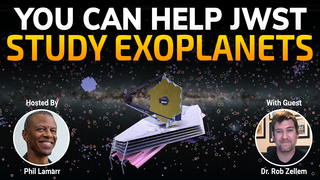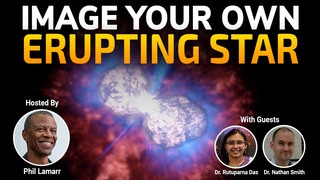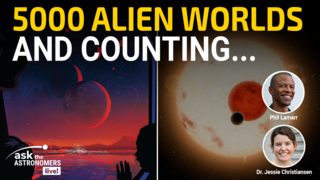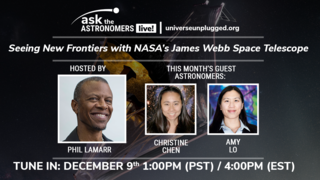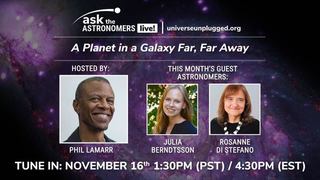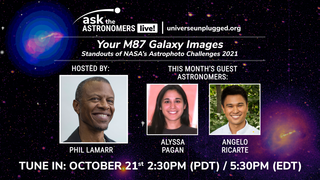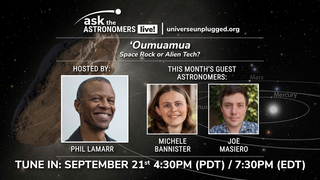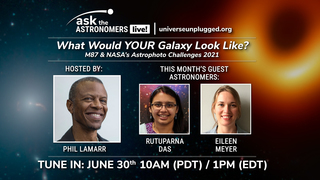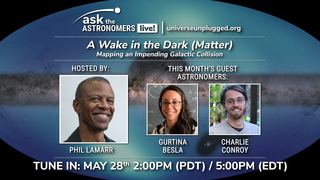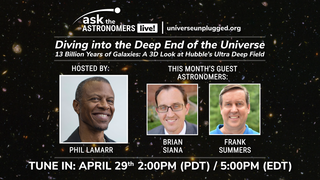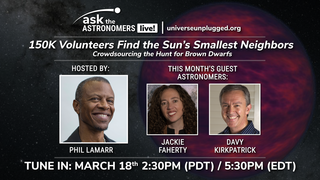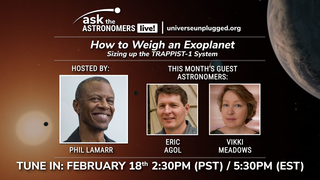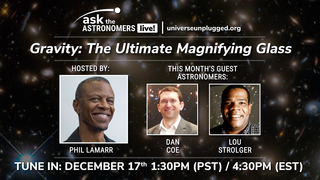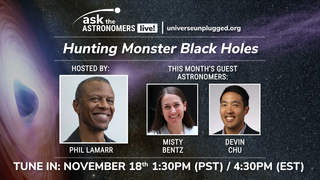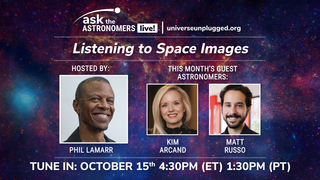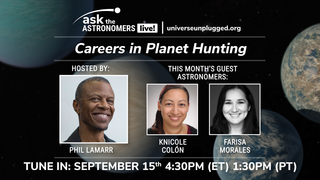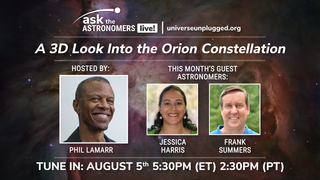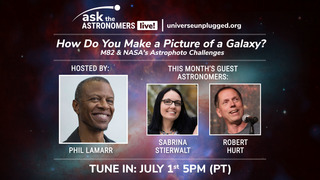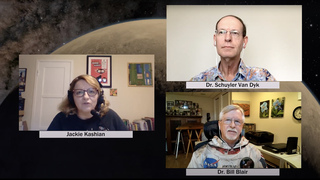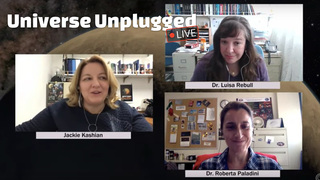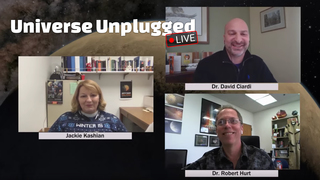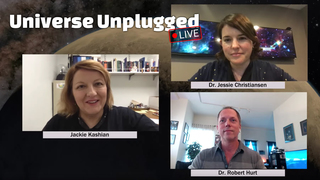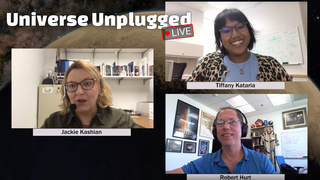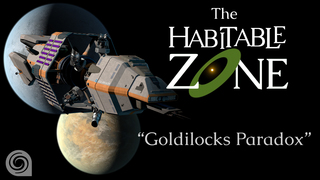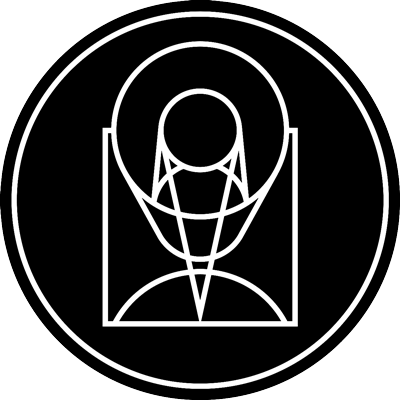Feedback for 5000 Alien Worlds and Counting...
By leaving feedback, you agree to allow NASA's Universe of Learning to publish the content and information you provide in your submission form. We will only use this information to recognize your entry on our series and social media, and we will never publish your email.
5000 Alien Worlds and Counting...
Live Chat
•
March 30th, 2022
Thirty years ago we knew of no planets orbiting other stars. In the rest of the 90s with discoveries of the first exoplanets (planets orbiting around OTHER stars) the numbers began to grow slowly. Finally in the past 10 years the numbers of exoplanets have increased rapidly and we have just passed the 5000th confirmed known exoplanet! Join us for a chat with exoplanet scientist Dr. Jessie Christiansen about how we have managed to discover so many planets around other stars and what the future holds for this exciting area of astrophysics.
Biographies of Show Participants
PHIL LAMARR (Host)
A Los Angeles native, Phil is an alumnus of Yale University and The Groundlings Theater and perhaps is best known as one of the original cast members of MAD TV, as “Hermes” on FUTURAMA, as "Marvin" in PULP FICTION, “Green Lantern” on JUSTICE LEAGUE and as the voice of SAMURAI JACK. For over 30 years Phil has thrilled audiences with his work on camera and behind the microphone on TV shows such as STATIC SHOCK, FAMILY GUY, STAR WARS: THE CLONE WARS, the CW’s THE FLASH & SUPERGIRL, GET SHORTY, LUCIFER and VEEP; feature films like MADAGASCAR 2, INCREDIBLES 2, and THE LION KING (2019) and video games including FORTNITE, SHADOW OF MORDOR, and the INJUSTICE, METAL GEAR SOLID, and the MORTAL KOMBAT series.
JESSIE CHRISTIANSEN (Astronomer)
Dr. Jessie Christiansen is an astrophysicist with the NASA Exoplanet Science Institute at Caltech, where she searches for, characterises and catalogues planets orbiting other stars. She is the lead scientist on the NASA Exoplanet Archive, and has worked on the NASA Kepler, K2, and now TESS missions to characterize the demographics of exoplanets, and to find and study the nearest planetary systems to Earth – systems that will be perfect for further study with the next generation of ground- and space-based telescopes.
